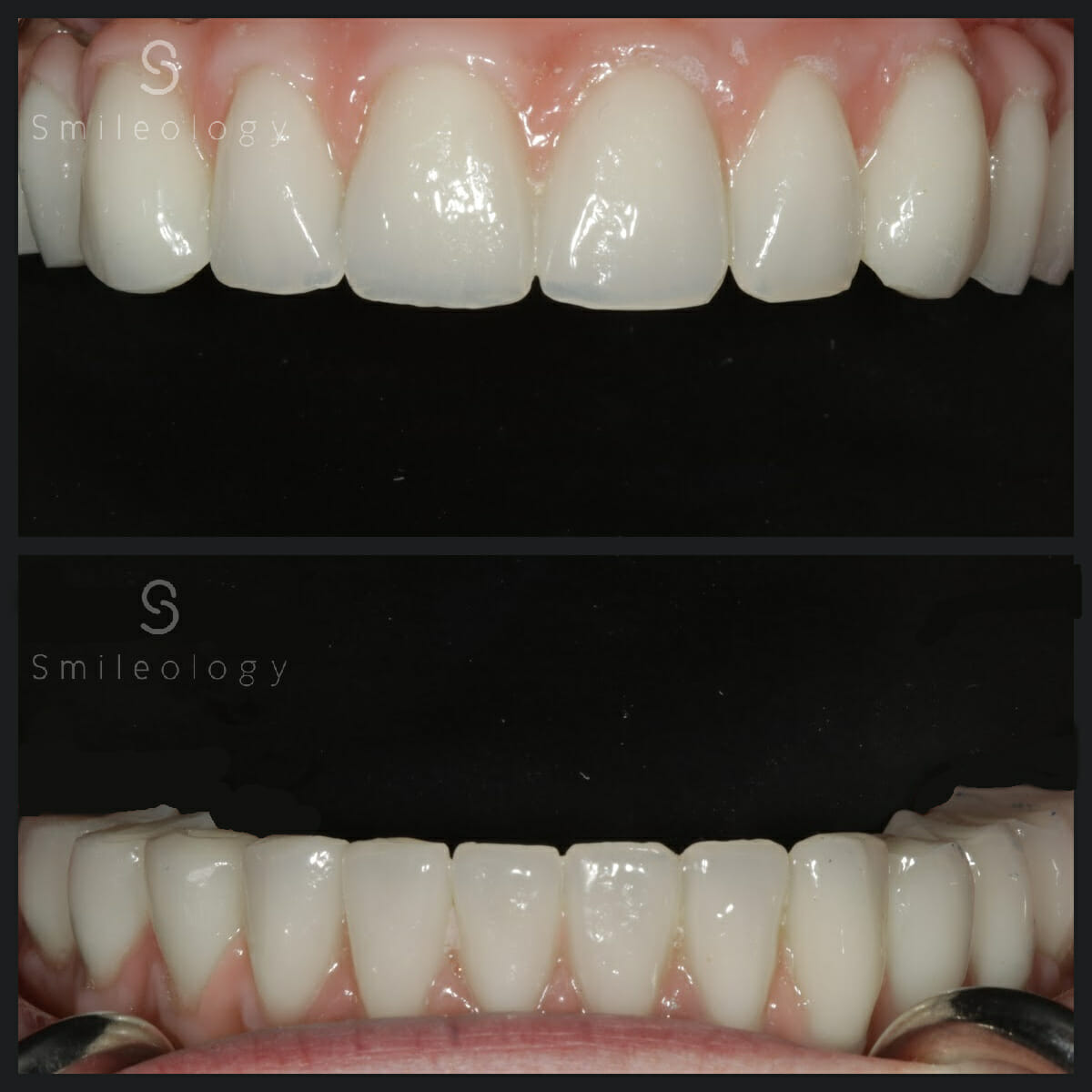Your Course to a More Vibrant Smile: Dental Implants Kent Solutions
Your Course to a More Vibrant Smile: Dental Implants Kent Solutions
Blog Article
Experience the Latest Developments in Dental Implants Innovation
As the area of dentistry remains to progress, the advancements in oral implant modern technology have been absolutely nothing short of amazing. From the use of innovative products that improve durability to the implementation of digital imaging for precise placement, these developments are transforming the landscape of dental care. With minimally intrusive surgical methods and the personalization abilities of 3D printing, clients currently have actually access to customized solutions that were when unbelievable. Additionally, the combination of modern technology is transforming the functionality of dental implants, promising enhanced results and patient fulfillment.
Advanced Products for Enhanced Durability
In the realm of oral implants innovation, the assimilation of advanced products has actually considerably added to enhancing longevity and durability of these critical dental prosthetics. The application of materials such as titanium alloys, zirconia, and ceramic substances has reinvented the area by providing boosted resistance, biocompatibility, and strength to rust.
Titanium alloys are extensively made use of in dental implants because of their phenomenal strength-to-weight ratio, rust resistance, and compatibility with the body. These alloys ensure the stability and long life of the implant by holding up against the pressures exerted during speaking and chewing, supplying a dependable remedy for patients seeking long lasting tooth substitutes.
Zirconia, a sort of ceramic material, has actually acquired appeal for its biocompatibility and natural tooth-like look. Its high stamina and resistance to wear make it a suitable selection for dental crowns and bridges, enhancing the general aesthetics and functionality of the implant.

Digital Imaging for Exact Positioning
The development of dental implants technology has additionally progressed with the combination of digital imaging techniques, ensuring specific positioning of these prosthetics for ideal practical and aesthetic outcomes. Digital imaging plays an essential role in the preparation and positioning of dental implants by offering detailed 3D photos of the individual's jawbone structure. This technology permits dental practitioners to examine bone density, locate important frameworks, and plan the precise position and angle for implant placement with unmatched precision.
By making use of digital imaging, dental practitioners can develop virtual medical guides that act as a roadmap throughout the implant positioning procedure. These overviews are customized for each and every individual, considering their one-of-a-kind composition and the wanted result. This degree of precision not just enhances the success price of dental implant treatments but additionally decreases the threat of issues.
Furthermore, electronic imaging enables dental practitioners to envision the last prosthetic reconstruction prior to the actual positioning of implants, enabling precise preparation and making sure that the result satisfies the person's aesthetic expectations. On the whole, the combination of digital imaging technology has changed the field of oral implants, offering people a more predictable, reliable, and patient-specific therapy approach.

Minimally Invasive Surgical Methods


Developments in visit our website medical strategies have resulted in the development of minimally intrusive strategies in the area of dental implantology. These techniques intend to minimize trauma to the client, reduce recuperation times, and improve overall therapy outcomes. Minimally intrusive procedures include smaller lacerations, specialized tools, and advanced imaging modern technologies about his to specifically put oral implants with very little interruption to bordering cells.
One key facet of minimally invasive techniques is using directed surgery, where 3D imaging and computer-aided layout software application are employed to prepare the implant positioning with terrific precision. This enables for a more foreseeable outcome and can usually get rid of the need for considerable flap surgical treatment.
Moreover, improvements in materials and dental implant design have additionally contributed to the success of minimally intrusive methods. Implants with boosted surface residential or commercial properties advertise faster osseointegration, minimizing the recovery time required prior to the prosthetic reconstruction can Going Here be placed.
3D Printing for Custom-made Solutions
Utilizing 3D printing innovation in oral implantology enables the development of highly personalized remedies tailored to private person needs and anatomical variants. This cutting-edge innovation allows oral professionals to create and make dental implants with outstanding accuracy and accuracy. By using electronic imaging strategies, such as cone beam computed tomography (CBCT), comprehensive 3D versions of the person's mouth can be produced to assist the dental implant intending procedure.
Among the vital benefits of 3D printing in oral implantology is the ability to create patient-specific implants that perfectly fit the distinct anatomy of each individual. This customized strategy helps boost the overall success and long life of the dental implant by making certain optimal fit and positioning. In addition, 3D printing permits for the manufacturing of complex geometries and detailed structures that would be challenging or difficult to accomplish using conventional manufacturing methods.
Furthermore, 3D printing technology enables dental experts to improve the implantation process, reducing surgery time and boosting total individual experience. With its ability to create tailored options swiftly and effectively, 3D printing is transforming the field of dental implantology, offering clients innovative treatment options and enhanced results.
Integrated Innovation for Improved Functionality
Executing advanced innovation in dental implantology enhances capability and accuracy, boosting the criterion of look after clients undertaking dental implant treatments. Integrated modern technology plays a vital function in improving the overall success and durability of oral implants. One vital development is the combination of digital scanning and imaging technologies, such as cone-beam calculated tomography (CBCT) and intraoral scanners. These tools enable thorough 3D imaging of the individual's dental frameworks, promoting accurate treatment planning and dental implant placement.
Additionally, the assimilation of computer-aided layout and computer-aided manufacturing (CAD/CAM) innovation makes it possible for the development of personalized implant reconstructions with phenomenal accuracy. CAD/CAM systems make use of digital impressions to create prosthetics that flawlessly fit the person's unique anatomy, guaranteeing ideal convenience and performance. In addition, using robotic-assisted surgical procedure in implant positioning boosts accuracy and minimizes the risk of human error.
Conclusion
Finally, the newest developments in dental implants innovation offer enhanced toughness through sophisticated products, precise positioning with electronic imaging, minimally intrusive surgical methods, tailored solutions with 3D printing, and improved performance with integrated innovation - Dental implants Kent. These improvements in dental implants technology are transforming the field and giving people with even more effective and efficient treatment choices for restoring their smiles and dental health and wellness
The integration of innovation is transforming the capability of dental implants, assuring improved end results and client satisfaction.
The advancement of dental implants technology has actually even more progressed with the combination of digital imaging strategies, guaranteeing precise positioning of these prosthetics for optimal useful and aesthetic end results. Minimally invasive medical procedures include smaller cuts, specialized tools, and advanced imaging technologies to precisely place dental implants with marginal disruption to surrounding cells.
Carrying out innovative innovation in oral implantology improves capability and precision, boosting the standard of care for individuals undergoing dental implant procedures. Dental implants Kent. Integrated innovation plays a critical duty in enhancing the overall success and longevity of oral implants
Report this page